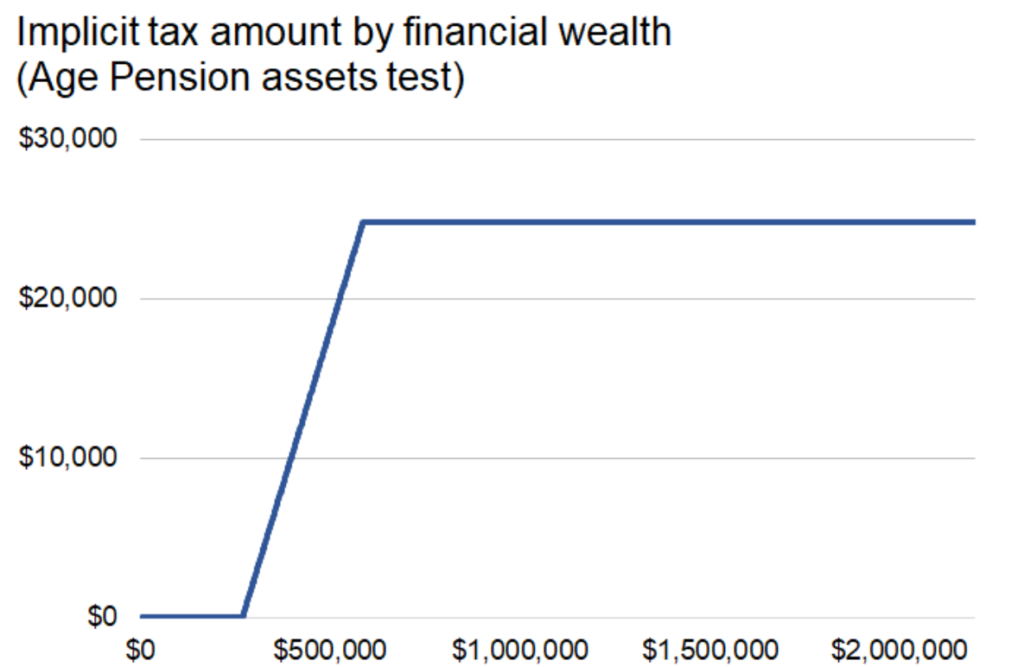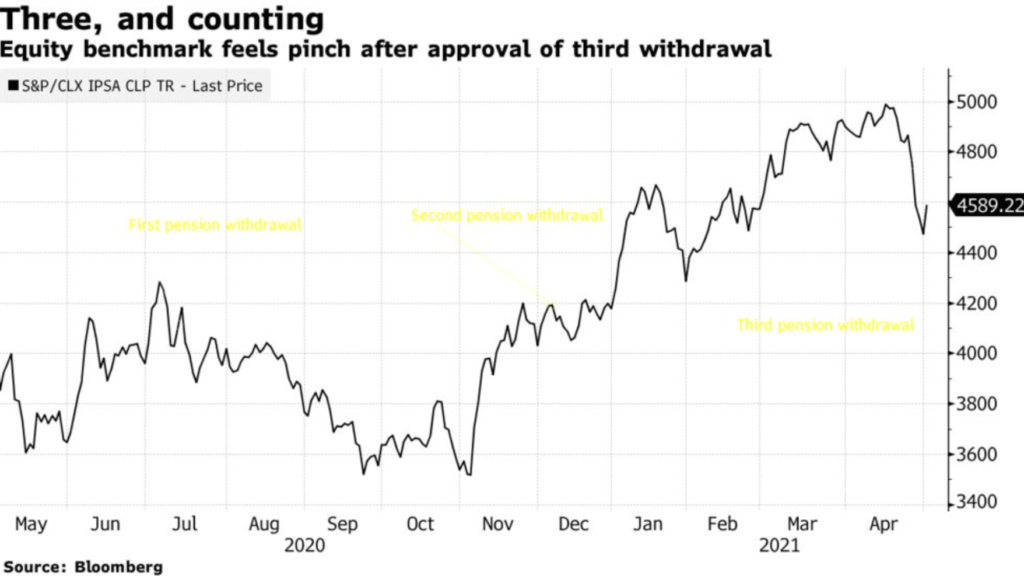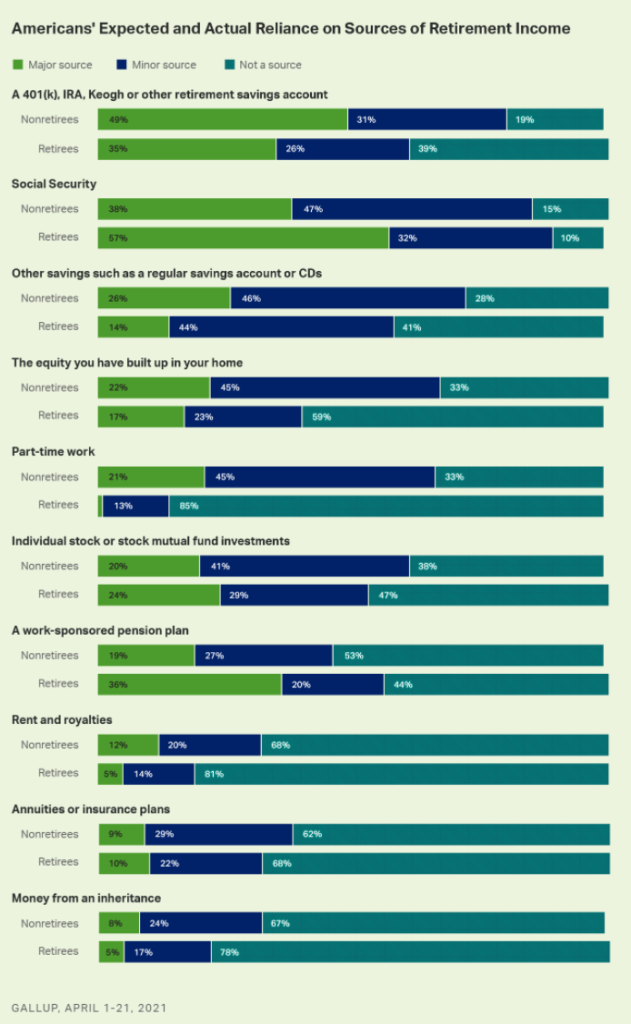Link: https://www.ai-cio.com/in-focus/shop-talk/whats-the-impact-of-early-retirements-on-plans/
Excerpt:
Take the California State Teachers’ Retirement System (CalSTRS), which in February reported that it had its second-highest year for retirements in 2020, behind the fallout from the Great Recession. The pension fund reported a steep 26% jump in the second half of 2020 from the same time a year before.
When the pension fund for educators surveyed roughly 500 of these retirees, about 62% said they retired earlier than they planned. More than half said the challenges of teaching during the pandemic pushed them to seek an early out. Still, a CalSTRS spokesperson said this week that the fund does not expect the retirements to have a “material impact” on the funding levels.
Broadly speaking, any damage from early retirements is going to be “fairly muted,” according to Kevin McLaughlin, head of liability risk management for North America at Insight Investment.
Author(s): Sarah Min
Publication Date: 1 July 2021
Publication Site: ai-CIO




